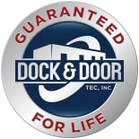|
Over the past 16+ years we’ve heard many reasons why facility managers view a proactive maintenance program (PMP) as a smart investment.
Here’s the top 5 reasons why you should transition from a reactive to a proactive approach when maintaining a top-notch facility:
Can we help you become proactive? We recently sat down with our OSHA Specialist to learn what their data says about the three biggest safety risks associated with loading docks.
Here's what OSHA recommends to prevent accidents and minimize risks:
We asked this question of hiring leaders to better understand the challenges our clients face when maintaining top-notch talent in their operations. Here’s what they shared:
In summary, employees working in a facility with loading docks and doors are looking for a safe, comfortable, and supportive work environment that values their contributions and provides opportunities for growth and development.
Best of luck to you and your team! As we head into the fall and eventually winter, we start to focus on keeping warm. Keeping the cold air from blowing through our doors. Keeping the temperature in that sweet spot of not too hot and not too cold. But what about water? Not just from fall rainstorms but from melting snow and ice.
We know. It’s September. Are we really talking about snow and ice? Yep. We are. Winter in the Midwest is hard. It can be brutal on your loading dock equipment and bottom line. It’s cold. It’s warm(ish). It’s sunny. It’s snowing. All of that can cause chaos with your loading dock equipment. Melting (and then refreezing) snow and ice pose serious safety concerns and performance problems at your loading docks. Safety Concerns Slippery docks are dangerous to your employees and visiting drivers alike. The potential for someone to slip and fall greatly increases if your docks are not properly sealed and water or ice is present. Forklifts going in and out of trailers will transfer water throughout your facility, creating even more chances for someone to slip and fall. This can lead to injuries, time off, workers comp – all of these can be avoided by paying closer attention to your loading dock and the potential for water infiltration. Compliance Concerns Ever smelled a stagnant swamp or bucket of water? Standing water can become a breeding ground for harmful bacteria. Bacteria poses numerous threats to the health of your staff and food facilities can be a major violation of the FDA Food Safety Modernization Act (FSMA) requirements. FSMA requires you to have a food safety plan in place that includes an analysis of hazards and risk-based preventive controls to minimize or prevent the identified hazards. A pest infestation can be another violation, especially in food and pharma facilities. Any gaps in your seals or equipment can lead to issues with requirements and compliance. Performance Problems Have you ever tried to pry something off the ground that good ole’ Mr. Winter has frozen? Say your garbage can after it’s been sitting for a week with constant thaw and freeze. Not a whole lot of fun and sometimes an unsuccessful venture. Now imagine that at your loading docks. Imagine melted ice and snow working its way down into your metal loading docks and thawing and refreezing. Over and over again. Many repairs we perform during the winter could be prevented by properly maintained and sealed equipment. A nagging or small issue in July can become a big problem in December So, what should I do?
Check out our other blogs on facility modernization and safety for more ideas on how to improve your facility and your bottom line. As always, we hope you find this information useful and you find something that you can do in your facility to help prevent the winter blues. Please contact us with any questions or concerns. Impairment in the workplace is probably one of the trickiest safety issues faced by employers today. Sure it’s super easy to tell if someone is obviously drunk or high, but what do you do about it? And what about those that you just suspect may be impaired in some way but you can’t be absolutely sure? There are many kinds of impairment from sleep deprivation to mental illness to chemical abuse. Let’s focus on the most detrimental and potentially costly – chemical dependency and abuse. Most companies have some kind of policy that they can refer to for corrective actions, but does that really help the person or the company? Or is it just designed for procedure and discipline? The problem
Signs of impairment
Physical signs:
Psychosocial signs:
Performance signs:
We’re not saying these are all signs of only a chemical dependency problem. They could be signs of a major change in their home life or signs of a psychological issue manifesting itself. Either way, they are definite red flags to pay attention too. Especially if they are exhibited by a one-time good or great employee. As employers, it’s our responsibility to maintain a safe and productive workplace for everyone. Being aware of changes like these in employees allows you to discover and address any issues that your employee is experiencing and possibly save someone from causing an accident, losing their job, losing their family, or even losing their life. What can we do?
As employers and management we can:
There’s no easy answer to this health crisis. All we can do is keep our eyes and ears open, learn to spot early warning signs and learn how to appropriately deal with the issue when it crosses our path. As always we hope that we have provided some useful information and sources. |
AuthorVarious. Categories
All
Archives
August 2023
|
- Home
- About
- Career Opportunities
- Services
-
Equipment
- Dock Locks (Truck Restraints) >
- Fans & In-Plant Equipment >
-
Industrial / Commercial Doors
>
- High Speed Fabric Doors
- Security High Speed
- Rubber Doors
- Fire Door
- Rolling Steel
- Impactable Dock Doors
- Cooler / Freezer
- Fabric Roll-Up
- Impact / Traffic / Bump
- Overhead / Sectional Doors
- Operators / Activation
- Air Curtains / Screen & Bug Doors
- Strip Doors
- Door Entrapment Protection
- Door Protection
- Overhead Door Upgrades
- Loading Dock Levelers & Lifts >
- Loading Dock Seals & Shelters >
- OEM & Aftermarket Parts
- Safety / Energy / Security / Employee Comfort >
- Yeti Snow Removal
- Markets
- Blog
- Contact
Dock & Door Tec
Serving Minnesota, Wisconsin, Iowa, North Dakota & South Dakota
Serving Minnesota, Wisconsin, Iowa, North Dakota & South Dakota
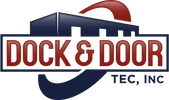


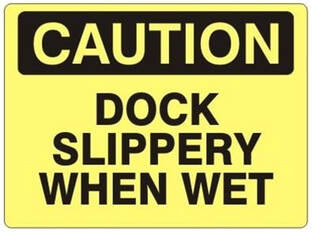
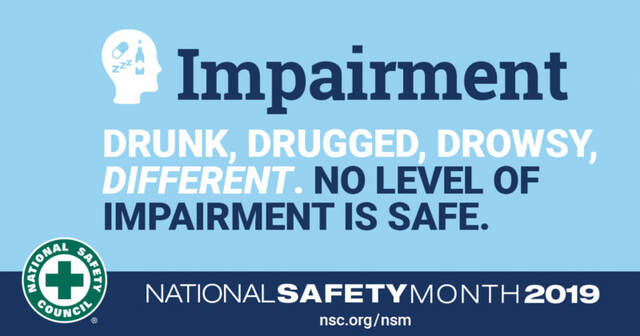


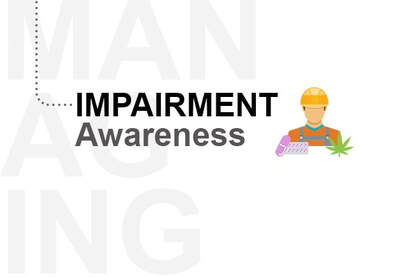
 RSS Feed
RSS Feed
